UPDATE:
The problem is reproducible on a Mac, and the issue is with the eps renderer rather than MATLAB. For e.g., saving imagesc(rand(20)) and viewing with Preview and GSview results in the following:
Preview screenshot

GSview screenshot
Clearly, the information is not lost. It is just not interpreted/read correctly by some EPS viewers. The solution is simple: use GSview to view your eps images. You can download it from here
On Macs especially, if your end application is latex/pdflatex, you will have to explicitly set it to use GS/GSview, because otherwise, it will default to the Quartz engine, which is baked into the OS.
PREVIOUS ANSWER:
I am unable to reproduce the behavior your described. Here is the code I used, tested using R2010b on WinXP 32-bit:
M = fspecial('gaussian',[20 20],5);
imagesc(M)
print('-dpng','a.png')
print('-depsc2','b.eps')
a.png
b.eps

Perhaps this is an issue with your EPS viewer...
